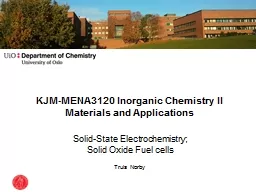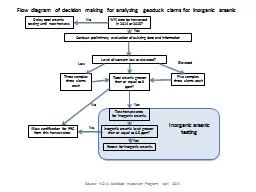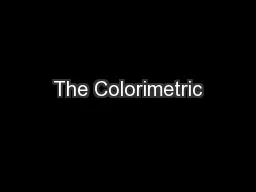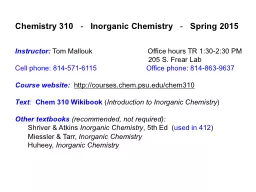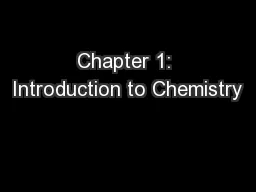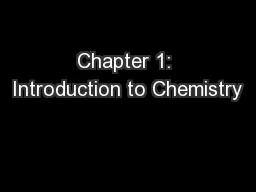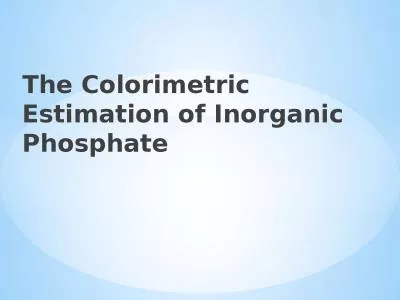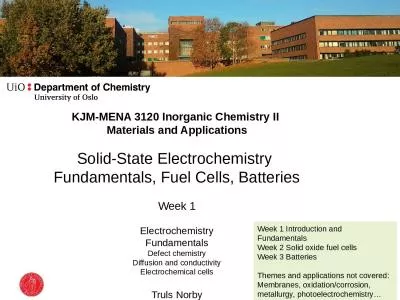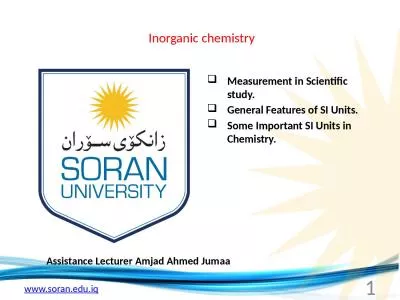PPT-KJM-MENA3120 Inorganic Chemistry II
Author : sherrill-nordquist | Published Date : 2020-04-06
Materials and Applications SolidState Electrochemistry Solid Oxide Fuel cells Truls Norby Batteries fuel cells and electrolysers Primary batteries Factory charged
Presentation Embed Code
Download Presentation
Download Presentation The PPT/PDF document " KJM-MENA3120 Inorganic Chemistry II" is the property of its rightful owner. Permission is granted to download and print the materials on this website for personal, non-commercial use only, and to display it on your personal computer provided you do not modify the materials and that you retain all copyright notices contained in the materials. By downloading content from our website, you accept the terms of this agreement.
KJM-MENA3120 Inorganic Chemistry II: Transcript
Download Rules Of Document
" KJM-MENA3120 Inorganic Chemistry II"The content belongs to its owner. You may download and print it for personal use, without modification, and keep all copyright notices. By downloading, you agree to these terms.
Related Documents

